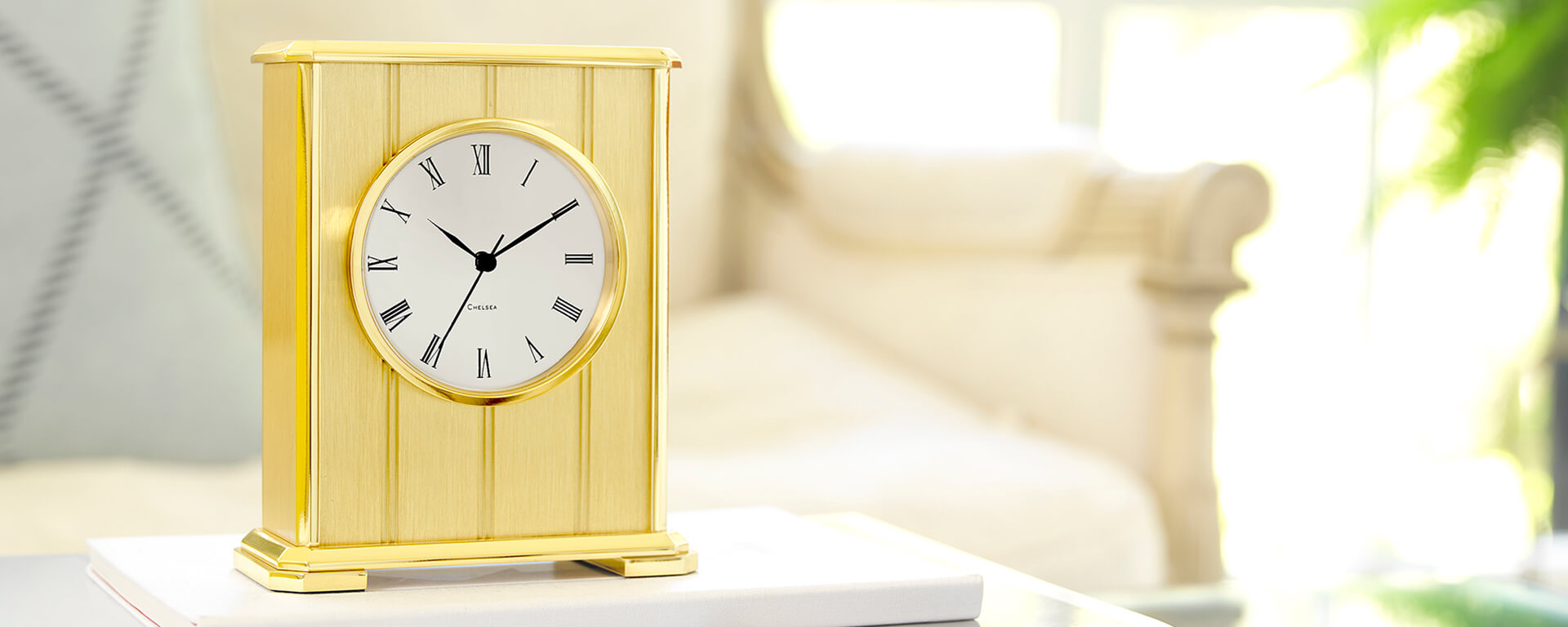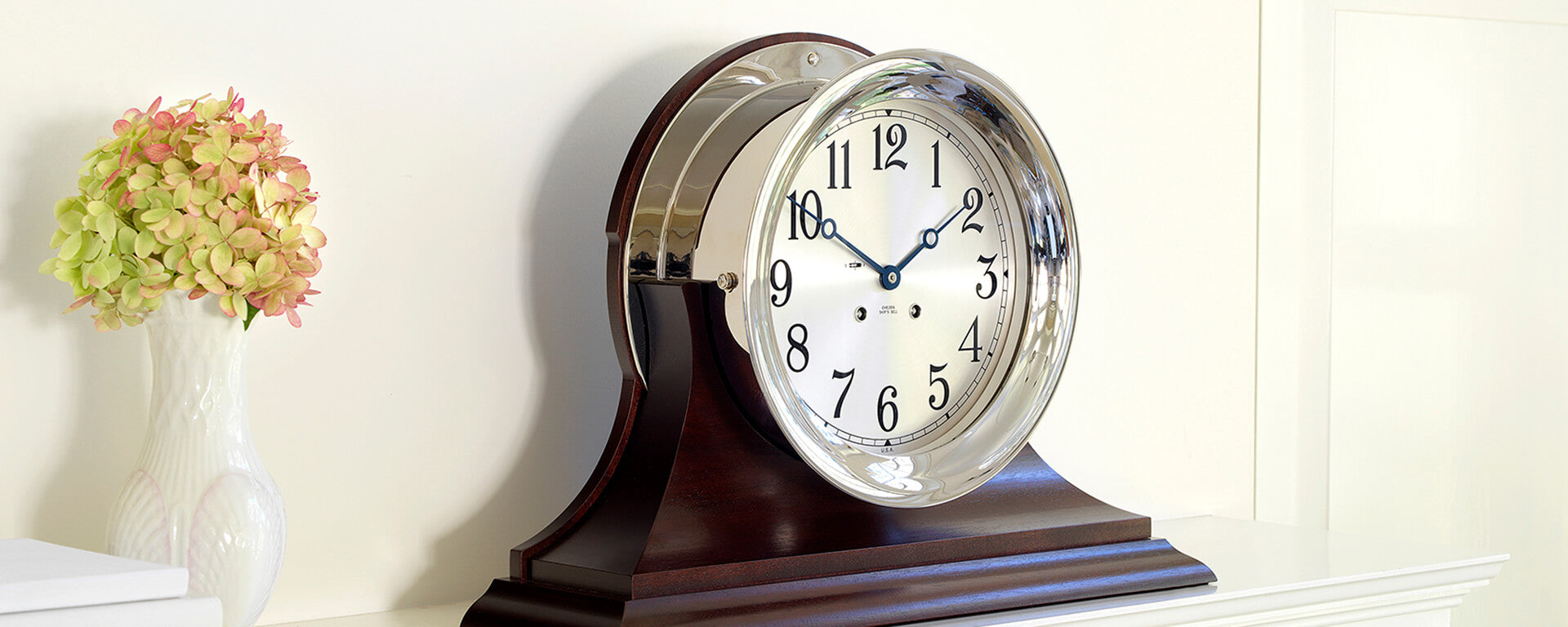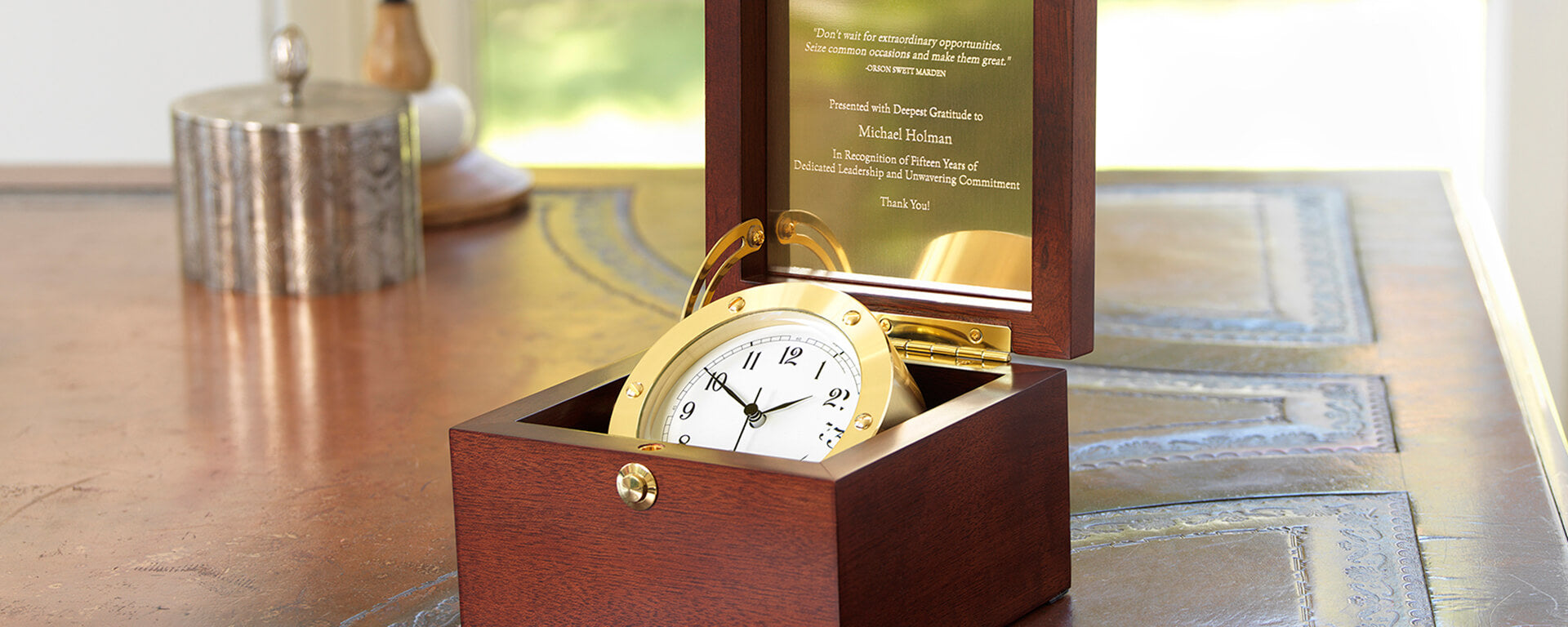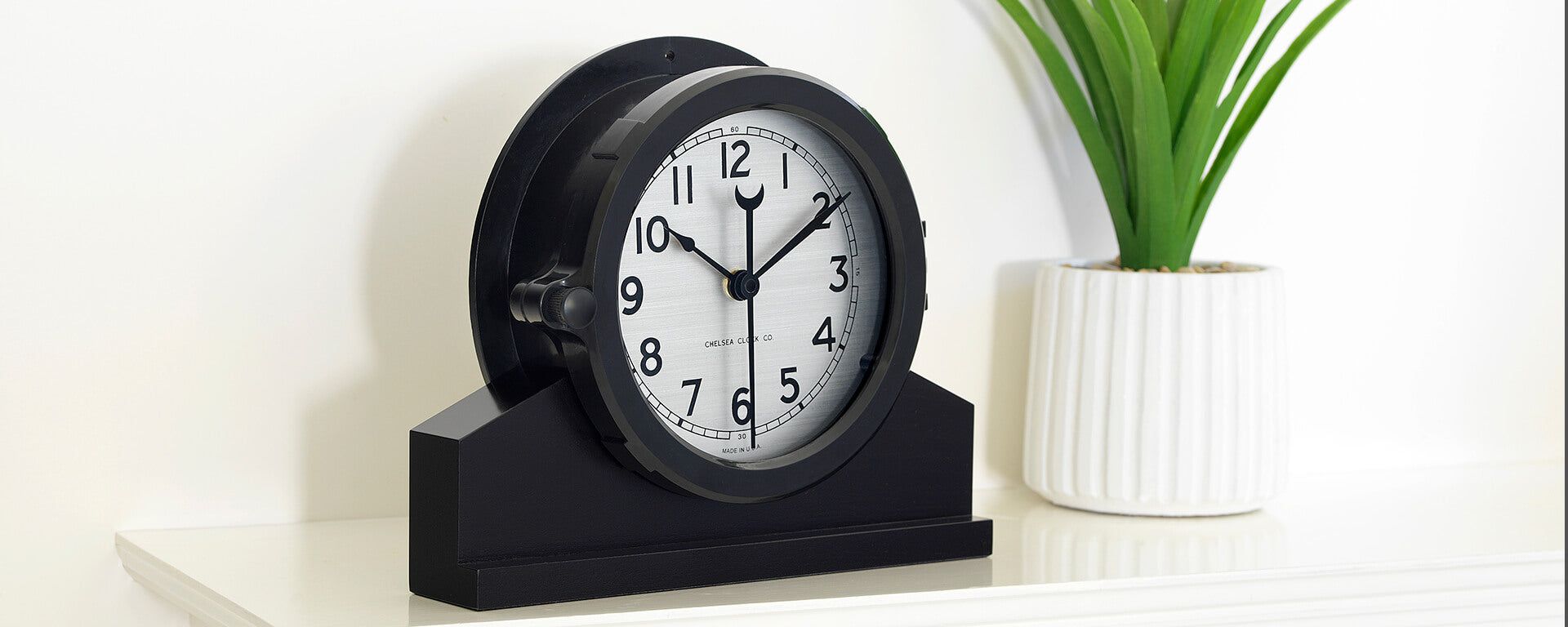Remembering Jim Leone
Longtime Chelsea employee John McCarthy remembers former director of engineering Jim Leone.
I first met Jim Leone in 1956, when I joined Chelsea Clock as an apprentice draftsman at the age of 25. Jim, at the time was the plant superintendent and chief engineer, and under his leadership Chelsea enjoyed a reputation in the clock industry that was second to none.
On my first day at the firm, I was sitting in the office I shared with another new hire, my head down as I poured over an assignment as to which I could not make heads or tails.
Hearing a knock on the door, I said “Come in” without looking up, and heard from the doorway a man introducing himself as Jim Leone. “We’re neighbors,” said. “My office is right next door. If there is anything I can do for you, please let me know.”
It was Jim’s first gesture of courtesy and grace that would typify his dealings with me and so many others over the ensuing years when I would have the great privilege of working extensively with him on numerous projects and considering him a mentor and friend.
He was a man deeply devoted to three things: his work, his wife of more than 55 years, and his family. A large part of his success was due to his foresight in the value of teaching. Jim spent an enormous amount of time instructing and mentoring young employees in the art of horology. (I was fortunate to be one of them!)
Jim held no secrets from his staff -- he would say, “The more you folks know the easier my job will be.” He was what you’d call a “managers’ manager,” who participated in every project as it made its way from the drawing board to the shipping platform. His talents were unlimited—he wore dozens of hats and at any given time could trouble shoot any problem (and solve it), whether it was mathematical, mechanical, or simply cosmetic.
As Chelsea historian Andrew Demeter has detailed so well in his book, The First Hundred Years, Jim Leone designed what I believe to be one of the most accurate mechanical timepieces ever produced, the model 12E.
Chelsea furnished thousands of these units to the government during World War II and later in the Korean and Vietnam eras. The clock’s movement had to pass the most stringent environmental tests due to the conditions the military felt the clock would be exposed to: shock, temperature, water, etc. (I personally conducted many of these tests). Ultimately under Jim’s design, Chelsea’s movement proved indestructible, and surpassed all the prototypes submitted by its competitors.
Jim’s contributions and dedication to Chelsea have been a model for all of us to aspire to.
He will not be forgotten. --JMC








